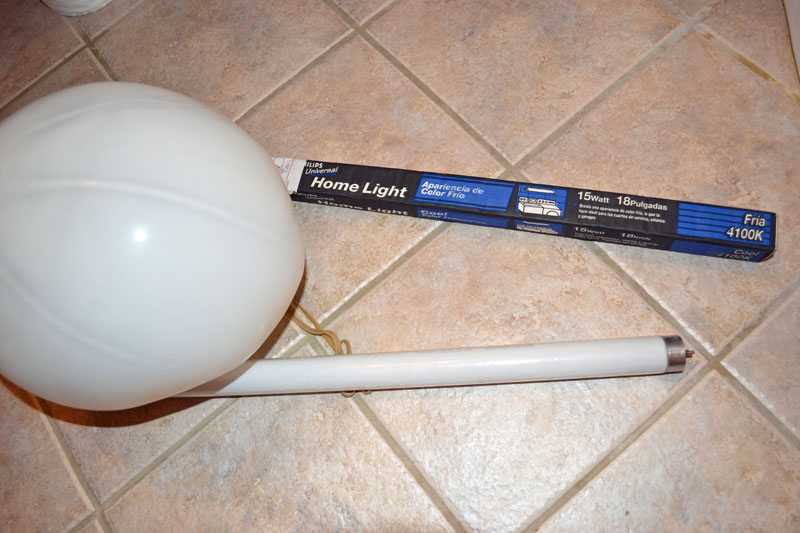
3
DifficultyPower a Light with Static Electricity - Use static electricity to light up a fluorescent light bulb.
Posted by Admin / in Energy & Electricity Experiments
Static electricity can provide enough power to light up a light bulb. If you have ever experienced a little zap from static electricity, this amount of energy is capable of powering a fluorescent light bulb for a short time.
Materials Needed
- Balloon
- Hair
- Fluorescent light bulb
EXPERIMENT STEPS
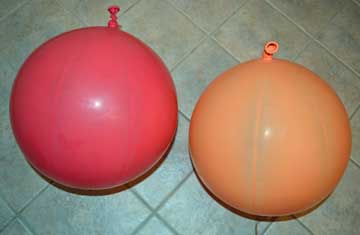
Step 1: Blow up a balloon and tie off the end.
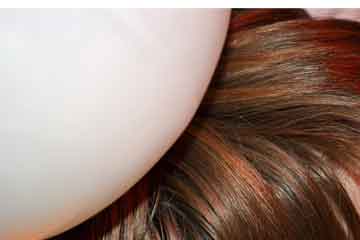
Step 2: Rub the balloon vigorously against the hair on your head.
Step 3: Go into a dark room.
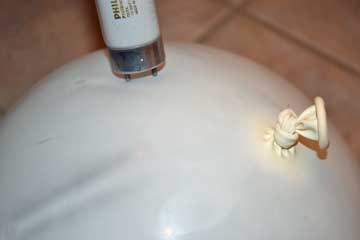
Step 4: Touch the balloon against the two metal electrode prongs on the bottom of the fluorescent light bulb.
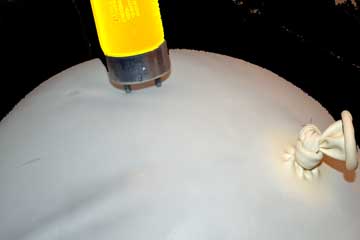
Step 5: Watch what happens when the static electricity discharges from the surface of the balloon into the fluorescent light bulb.
Step 6: Repeat rubbing the balloon to add more static electricity to the surface of the balloon. If careful, the balloon can be held against the light bulb as it is rubbed against hair. As the balloon surface builds up enough static electricity it will discharge into the light bulb frequently, resulting in light.
SCIENCE LEARNED
Extra electrons from the hair transfer to an area on the surface of the balloon giving it a negative charge. The majority of the surface of the balloon still has a neutral charge. If the balloon is rubbed for longer, more of the surface will build up a negative charge.
The fluorescent light bulb acts as an electrical circuit, allowing the electricity to discharge from the surface of the balloon into the light circuit. Inside the fluorescent bulb the electrons travel through the light tube they bump against mercury gas electrons. Eventually this causes the mercury gas electrons to release photons which is the source of the light. The light only occurs until all of the static electricity charge from the surface of the balloon where the light bulb electrode prongs are touching is used up. If you move the prongs to another area of the balloon surface you will see another light up in the bulb if there are still negative charged electrons there.
-
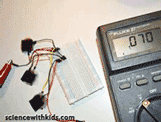
6
DifficultyHow to Make a Simple Battery
in Energy and Electricity Experiments
Make a simple battery using coins and other common items.
-
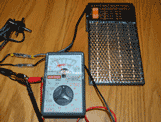
3
DifficultySolar Energy Experiment for Kids
in Energy and Electricity Experiments
Teach kids how light is used to generate electricity in this solar energy experiment.
-
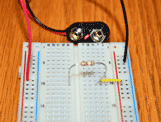
2
DifficultyBeginner Electronics Experiment For Kids
in Energy and Electricity Experiments
This experiment is a good starting point for kids to begin learning about electronics.
-
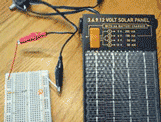
5
DifficultyLED Solar Circuit Experiment
in Energy and Electricity Experiments
Learn how to make an electrical circuit to power an LED using solar power.
-
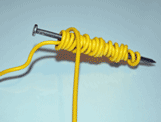
4
DifficultyHow to Make an Electromagnet
in Energy and Electricity Experiments
Test the relationship between electricity and magnetism by making an electromagnet.
